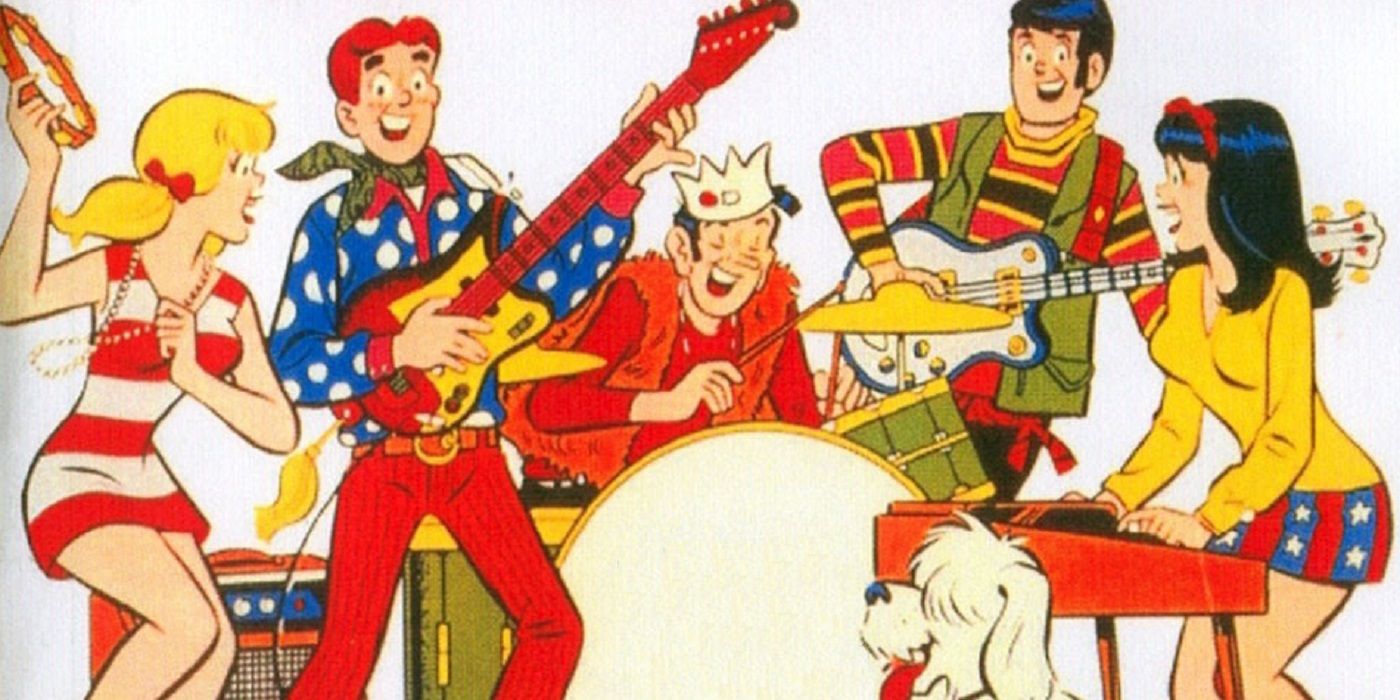
Barry, together with Ellie Greenwich, was responsible for some of the biggest pop hits of the decade, including Da Doo Ron Ron, Then He Kissed Me and Do Wah Diddy Diddy, a number 1 for Manfred Mann in 1964. He wasted no time in hiring Jeff Barry to co-produce with him.

Kirshner’s job was to hire the songwriters and musicians for the songs The Archies would be performing. The show had a 17-episode run, premiering in the US in September 1968 until January 1969. Rich girl Veronica Lodge also sang and played keyboards, and tomboy Betty Cooper was lead guitarist and percussionist. But unusually, this wasn’t just a boy’s own setup, very unusual for that time. His best friend Jughead Jones was their drummer, with wisecracking Reggie Mantle on bass.

Based on popular characters from The Archie Comics, which began in 1941, it followed the adventures of a bunch of all-American teenage friends from Riverdale High School that had formed a band.ġ7-year-old Archie Andrews was the central figure, lead singer and rhythm guitarist.
#Sugar sugar archies band series
Kirshner was hired by CBS in late 1967 to be musical supervisor on their new Saturday morning cartoon series The Archie Show. All had been going well until The Monkees got too big for their boots – why not start over, only this time, why not remove all pretence that the band is real? And why not use cartoon characters that already had a huge audience to give the project a head start? After all, it had worked in the 50s – Alvin and the Chipmunks had been and still are very successful. And it was Don Kirshner, the man that had been dumped by The Monkees, that came up with the idea of turning a comic into a band in 1968.įrom his point of view, it was a no-brainer. Motown aped the production-line of the car factories of its hometown Detroit, and The Monkees were a pop phenomenon whose songs were mostly written and recorded by other musicians, until they broke free. It would be a lie to say this type of thing had ever really gone away though. But as the pop audience matured and moved on to buying albums, the gap was starting to be filled by bubblegum pop – squeaky-clean commercial songs, like Dizzy, made to order by hit-making teams, much like in the 50s, and given to singers such as Tommy Roe.

The slick pop of Sugar Sugar by cartoon band The Archies was the penultimate number 1 of the 60s, sitting pretty in the top spot for close to two whole months, and only narrowly missing out on the Christmas number 1 spot.Īrtists like The Beatles and Bob Dylan had made self-penned songs fashionable, and for most of the 60s, it was they and others of their ilk that often reached the top spot.


 0 kommentar(er)
0 kommentar(er)
